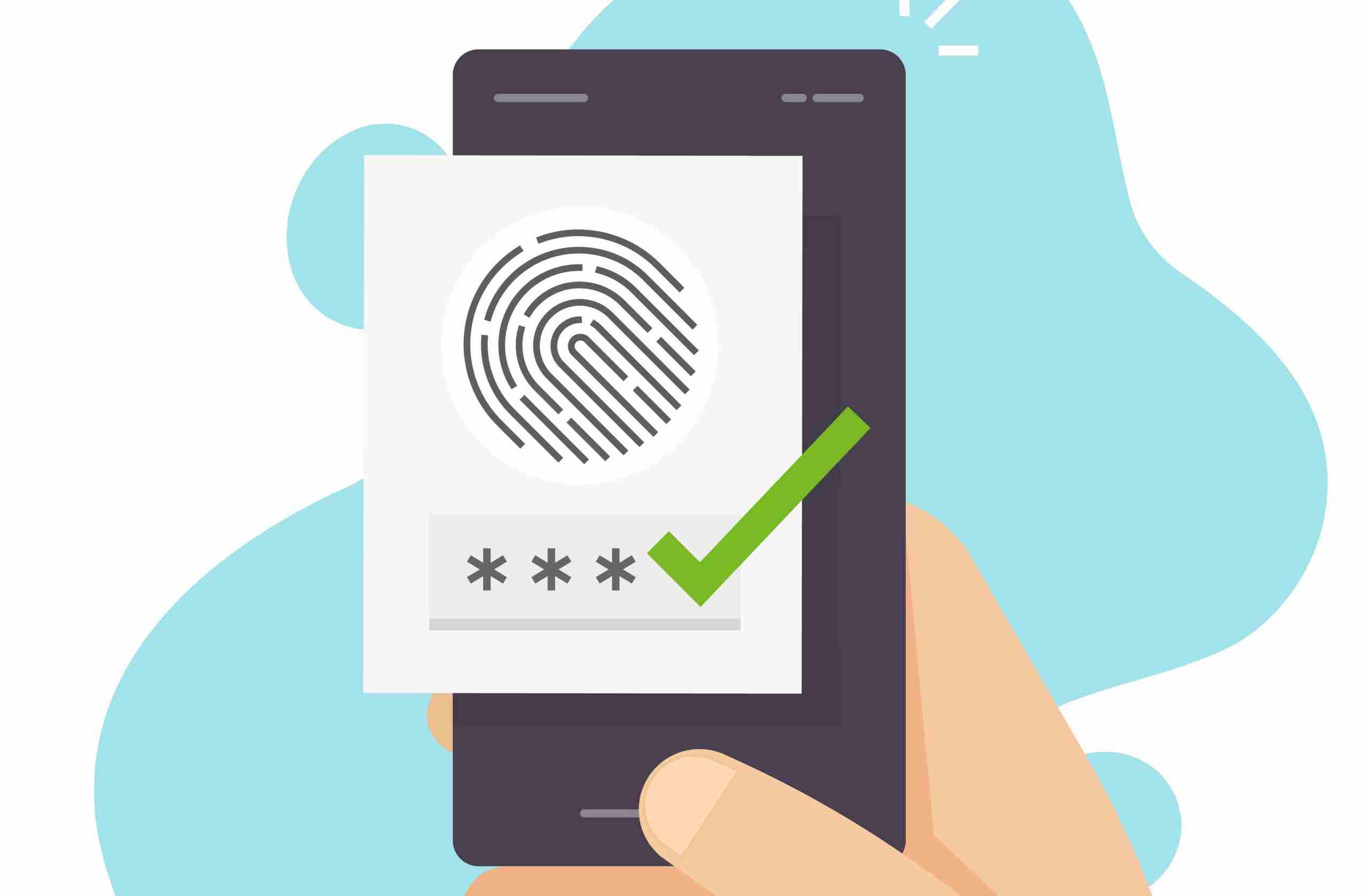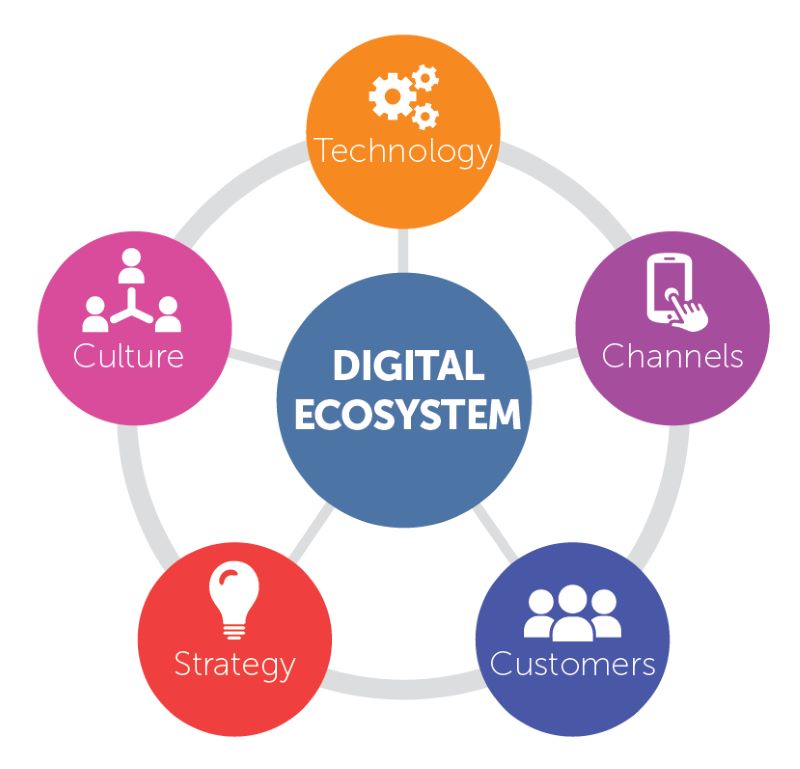Trends in digital payment security are reshaping how we protect our money online. As we dive headfirst into a digital future, keeping your cash safe isn’t just smart—it’s a must. I’m here to guide you through the fast-moving world where your fingerprint locks down your loot and AI stands guard like an ever-watchful sentinel. Sick of hearing about hacks and leaked credit card numbers? Let’s lock arms and step boldly into a future where your transactions are more secure than ever. Buckle up! It’s time to explore the groundbreaking moves that are setting the gold standard in keeping your digital dollars safe.
Embracing New Frontiers: Biometric and AI Innovations
The Rise of Biometric Verification in Payments
Biometric verification in payments is booming. It uses your unique traits to prove it’s you. Think fingerprints and face scans. This tech makes paying faster and more secure. It stops fraudsters because they can’t copy your features. Plus, it’s easy. You just use your body, no PINs or passwords needed.
But how does it work, really? When you pay, a scanner checks your biometrics. It matches them with what it knows is yours. If it’s a match, your payment goes through. It’s swift and it’s safe. Shops and apps are getting on board, using biometrics more each day.
Artificial Intelligence in Payment Security: A Smarter Guard
Now let’s dive into artificial intelligence, or AI for short, in payment security. AI is like having a smart guard who learns and adapts. It watches over your payments, looking for signs of fraud. It learns what’s normal for you. So when something odd happens, it spots it fast.
For instance, if an unusual payment pops up, AI can flag it. It can even stop the payment until it checks with you. This means fraud hits a wall. Not only that, but AI also gets smarter over time. It learns from every single payment, good or bad, to protect your money better.
There you have it. Biometrics and AI aren’t just trends; they’re game-changers in keeping your payments safe. These smart techs are shaping the future of how we pay and protect our hard-earned cash.
The Evolution of Payment Technologies and Compliance
Blockchain and Its Role in Payment Protection
Blockchain tech is changing how we keep our money safe. It’s a system that stores payment info in a secure way. Many blocks link together to make a chain. It’s hard for thieves to change data in any block without changing all blocks. This makes fraud tough.
Blockchain keeps each deal under wraps. Only people in the deal can see it. It stops fake payments. And it tracks every change. This helps businesses and buyers trust the process.
When we use blockchain for dealing with money, every step is clear. We can see who sends money and who gets it. This builds trust in digital payments. And it makes sure that your money is secure.
Each block records, in a list, all the deals that happen. It’s like a ledger that updates across all computers using blockchain. Everyone can trust that the list is the same everywhere.
Businesses like this tech. It lets them hold onto records longer and track deals better. Blockchain makes stolen payment details less of a worry. It means that buying and selling online can be safer for everyone.
Navigating Regulatory Changes: PSD2, PCI DSS, and More
Rules for online payment security are always changing. New rules like PSD2 and PCI DSS make paying online safer. They help block theft and fraud. PSD2 lets banks and businesses work together better. It lets people use other services to manage their money. And it demands stronger checks when you pay.
PCI DSS stands for rules that make sure card data stays safe. This means businesses handling card info must follow strict rules. They must keep card details safe at all times. This stops data from being stolen and used for fraud.
With more tech like phones and tablets being used to buy goods, rules must adapt. They also check that businesses keep card details safe, even when tech changes. PSD2 and PCI DSS set up ways to make sure everyone follows the rules. This helps keep your card details secure.
These rules change to keep up with new threats. They also aim to make sure buying and selling online is safe and easy for all. They keep a balance. They protect our info and let us enjoy the ease of digital payments.
We need to keep an eye out for new rule updates. They help us fight off risks and keep our money safe. Every time we pay, we should feel sure that our data is in safe hands. This trust comes from rules like PSD2 and PCI DSS. Together, they build a safer world for digital money.
Enhancing Security in the Contactless Era
Advances in NFC Payment Safety and EMV Chip Technology
Near Field Communication (NFC) lets you pay fast. Just tap your card or device and it’s done. But, you might wonder, “Is it safe?” Well, I’ve got good news! Advances in EMV chip tech make it tough for bad guys to steal your info. Every time you tap, your payment gets a unique code. No repeats. So, if a hacker grabs your code, it’s useless next time. That’s EMV chips hard at work keeping your money safe.
Now, we all like easy, right? But easy should also mean secure. With NFC, we see just that. More guards come into play, like limits on how much you can spend with a tap. That way, if you lose your card, you don’t lose a pile of cash.
Plus, have you heard about biometric checks? Imagine paying with a tap and a fingerprint – double-checking it’s really you. That’s where we’re headed. Tech like this means safer checkouts, no pens or PINs needed. Just your fingerprint.
The Significance of Tokenization and Secure Digital Payment Methods
Now, let’s talk about tokenization. No, not arcade tokens – we’re talking about a ninja move for your card details. It swaps your real card number with a “token”, a stand-in number. So, if someone sneaky gets it, they can’t do a thing. It’s about keeping your real info locked away.
Each time you buy stuff online or tap to pay, tokenization is your silent hero. It jumps in, keeping your card info out of sight. Even if a store gets hacked, your details are not there – just a bunch of useless tokens.
And there’s more – mobile wallets. They’re not just handy; they’re armored trucks for your digital cash. Mobile wallets use both tokenization and tough encryption. This tag-team shields your money better than ever.
Oh, and get this – they always ask for you, whether it’s a PIN, a face scan, or a fingerprint. No one else can pretend to be you and go on a shopping spree. Even if they get your phone, they won’t get far. Your money stays put, nice and snug.
We’re in a world where paying is less about cash and more about a tap or a click. But as a cybersecurity whiz, I know this shift is also about amping up security. We’re talking heavy-duty locks on our digital wallets and invisible ink on our card numbers.
Sure, we keep seeing naughty hacker moves trying to mess things up. But, as we suit up with tokenization and smarter chips, we’re a step ahead. It’s like a never-ending chess game, and we’re playing to win – to keep your hard-earned money safe and sound.
Remember, every time you tap or click, there’s a whole army of tech guarding that transaction. Thanks to these modern marvels, we’re all set to keep our money safe, now and in the future.
Rethinking Cybersecurity Tactics for Financial Transactions
Implementing Zero Trust Architecture in Payment Systems
You know how folks keep saying, “Trust no one”? That’s the heart of Zero Trust Architecture. Picture this: every time you pay, the system checks if you really should. It’s like a guard that never sleeps, always asking for the secret password. No matter if you’re a first-time visitor or an old friend, you get the same questions every time.
Now, why is this cool for keeping your cash safe? Simple – it makes sure no sneaky folks slip through. No trust, no problem. Imagine you’re trying to get into a club but instead of one bouncer, there’s a whole team ready to double-check you. The Zero Trust way means only the right people get into the money party.
There’s a secret handshake too, called two-factor authentication. It’s like the club bouncer asking for your ID and a password. You need both to prove you’re the real deal. No tricks, no unwanted guests. This keeps your mobile wallet locked up tight like a treasure chest. And for online buying, you’ve got layers of guards at every step. No one’s getting to your loot unless you say so.
Yeah, but how do we keep up with the bad guys? They’re crafty, but we’re one step ahead. Every time they cook up new schemes, we’re cooking up new shields. It’s like updating your secret forts with cooler traps. Your payments stay safe, and the fraudsters stay away.
Combating Digital Payment Frauds with Advanced Algorithms and Protocols
Get this: bad guys out there want to grab your payment details. But we’re on guard with some serious math. We call them fraud detection algorithms, and they’re like having a superhero watching over your shoulder. They look at your payment patterns and flag anything out of place.
Say you usually buy snacks from the corner store. If suddenly there’s a big purchase from somewhere else, whoosh, the algorithms zoom in to check it out. They’re like, “Hey, is this really you?”. If it’s not, they block the bad move, keeping your money secure.
And talking about secure, there’s something called tokenization of card details. It’s like swapping your real treasure map with a fake one. If someone nasty gets their hands on it, they just find a big rock instead of your gold. Only the right people can swap the fake for the real deal.
Remember, it’s our job to keep your digital dollars safe as houses. From new tech like blockchain to super-smart chips in your cards, we never stop. We’re always watching the latest trends and making sure we follow them. It’s all to keep your digital payment encryption top-notch and your hard-earned money right in your pocket.
So next time you tap, swipe, or click to pay, think of all the cyber-guards lining up to protect your transaction. We’ve got your back, keeping your cash flow smoother than a playground slide. It’s a tech age, sure, but it’s also a safe age for your money moves.
In this post, we explored how tech like biometrics and AI make payments safe. We looked at how your face and fingerprint can now pay for things, and how smart systems watch over your money. We also dove into blockchain’s role in keeping transactions secure and how new rules are changing the payment game.
We’ve seen that even as paying gets easier, with just a tap of a phone or card, safety is still top-notch thanks to things like tokenization and improved chip tech. Lastly, we tackled how companies are getting ahead of hackers. They’re using zero trust—trust no one, verify everyone—and smart codes to stop fraud.
To end, keeping your money safe has never been more high-tech. It’s cool to see how every tap, scan or swipe is super secure. With all these advancements, you can trust that your payments are in good hands. Thanks for reading, and stay safe out there!
Q&A :
What are the latest trends in digital payment security?
With the continuous technological advancements, digital payment security is rapidly evolving. Recent trends include the rise of biometric authentication techniques like fingerprint and face recognition to verify user identity, enhancing security measures. Another notable trend is the use of tokenization, which replaces sensitive data with unique identification symbols, keeping the original data secure. Additionally, the implementation of artificial intelligence and machine learning is being explored to detect and prevent fraud in real-time by analyzing patterns in transaction data.
How is encryption changing the landscape of digital payment security?
Encryption technology is fundamental in securing digital payments and is witnessing significant improvements. The shift towards stronger encryption standards, such as AES-256, provides a higher level of security for sensitive information. End-to-end encryption ensures that data is secure from the moment it leaves the user’s device until it reaches its final destination, further protecting against potential breaches. Moreover, the emergence of quantum-resistant encryption methods is preparing the digital payment industry for future threats posed by quantum computing.
Are there new regulatory changes impacting digital payment security?
Yes, regulations concerning digital payment security are always being updated to respond to new threats and technologies. The Payment Card Industry Data Security Standard (PCI DSS) is a key set of rules that is regularly revised to reflect these changes. On a global scale, laws such as the General Data Protection Regulation (GDPR) in Europe and the California Consumer Privacy Act (CCPA) in the United States have significant implications for how payment data must be handled and protected, increasing the accountability of businesses in case of data misuse or breaches.
What role does blockchain play in enhancing digital payment security?
Blockchain technology has the potential to transform digital payment security by providing a decentralized and tamper-proof ledger system. Its inherent features such as transparency, immutability, and the use of smart contracts can greatly reduce the chances of fraud and unauthorized access. Blockchain’s distributed nature means that it doesn’t have a single point of failure, making it more resilient against cyber-attacks. In addition, the use of cryptocurrencies that are based on blockchain may lead to more secure peer-to-peer payment methods without the need for intermediaries.
Can AI and machine learning improve fraud detection in digital payments?
Artificial intelligence (AI) and machine learning (ML) are becoming crucial tools for improving fraud detection in digital payments. These technologies enable the automated analysis of vast amounts of transaction data to identify suspicious activities and potential fraud. They learn over time to recognize patterns that suggest fraudulent behavior, improving their accuracy in detecting and preventing fraud. AI and ML systems can also adapt to new types of fraud more quickly than traditional methods, providing a dynamic defense against constantly evolving cyber threats.






